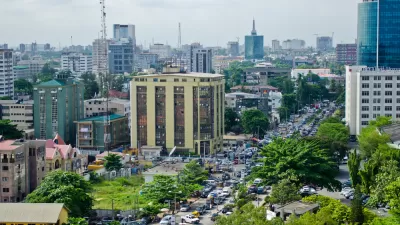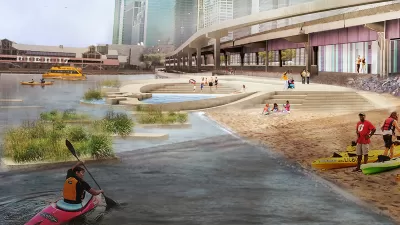Callus city builders in Africa must account for the poor as well as the rich argues Mathias Agbo Jr. in a piece for Common Edge.
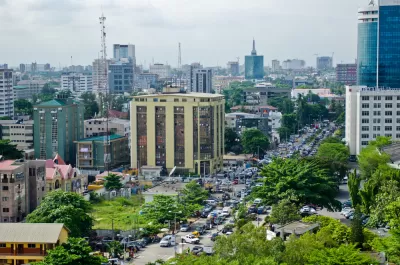
Many of the ultra-modern and beautifully designed mega cities of Africa hide the old problems of haves and have nots. In the shadows of impressive new skyscrapers are areas without roads, clean water or modern sewage. "Uneven distribution of public amenities has become distressingly typical of most African cities," Mathias Agbo, Jr. argues in Common Edge.
Worse still, conflicts over annexing land can result in the loss of homes and property, and can become violent. "A few weeks ago the residents of Otodo-Gbame, a fishing settlement in Lagos, awoke at dawn to the sounds of gunfire and the sight of more than sixty policemen, accompanied by bulldozers and a demolition task force, sent in by the Lagos State Government (LASG)," Agbo reports. Justice & Empowerment Initiatives, an advocacy group, claims one man lost his life during the annexation after he was shot in the neck.
"Most residents of low-income communities in Nigeria live in constant fear of eviction," Agbo writes. Many of the Blue Collar workers in these cities have few options for affordable living where they are not squatters. "There are currently at least twenty of these new cities under construction in Africa and about twice that number in the works," Agbo writes. These new cities should represent new opportunities, not stolen property and violence.
FULL STORY: Brutal Backstory Behind Africa’s Emerging Megacities

Study: Maui’s Plan to Convert Vacation Rentals to Long-Term Housing Could Cause Nearly $1 Billion Economic Loss
The plan would reduce visitor accommodation by 25,% resulting in 1,900 jobs lost.
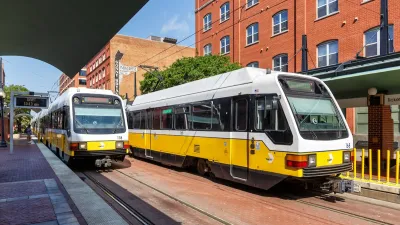
North Texas Transit Leaders Tout Benefits of TOD for Growing Region
At a summit focused on transit-oriented development, policymakers discussed how North Texas’ expanded light rail system can serve as a tool for economic growth.

Why Should We Subsidize Public Transportation?
Many public transit agencies face financial stress due to rising costs, declining fare revenue, and declining subsidies. Transit advocates must provide a strong business case for increasing public transit funding.
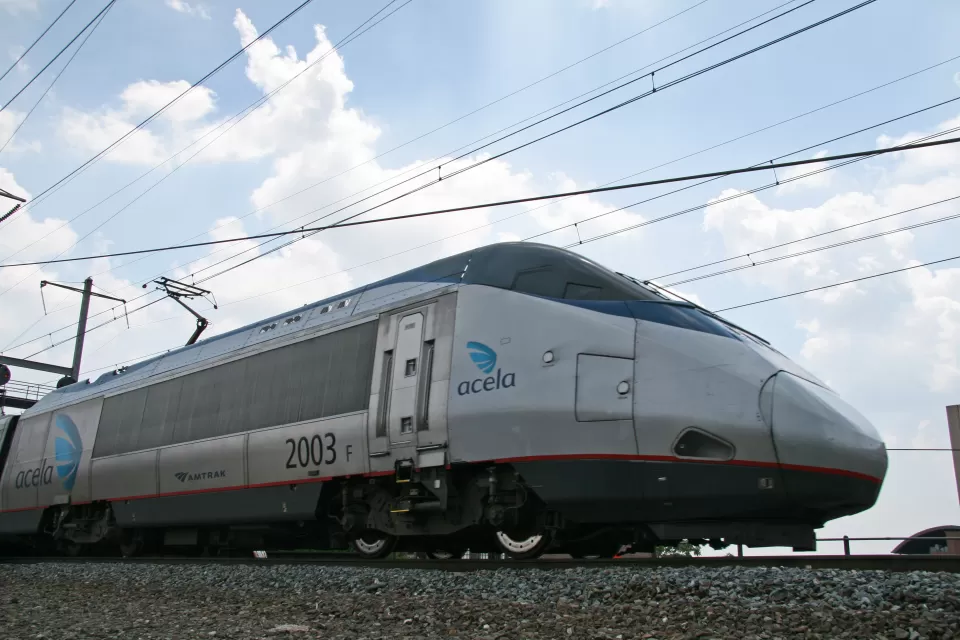
How to Make US Trains Faster
Changes to boarding platforms and a switch to electric trains could improve U.S. passenger rail service without the added cost of high-speed rail.

Columbia’s Revitalized ‘Loop’ Is a Hub for Local Entrepreneurs
A focus on small businesses is helping a commercial corridor in Columbia, Missouri thrive.

Invasive Insect Threatens Minnesota’s Ash Forests
The Emerald Ash Borer is a rapidly spreading invasive pest threatening Minnesota’s ash trees, and homeowners are encouraged to plant diverse replacement species, avoid moving ash firewood, and monitor for signs of infestation.
Urban Design for Planners 1: Software Tools
This six-course series explores essential urban design concepts using open source software and equips planners with the tools they need to participate fully in the urban design process.
Planning for Universal Design
Learn the tools for implementing Universal Design in planning regulations.
City of Santa Clarita
Ascent Environmental
Institute for Housing and Urban Development Studies (IHS)
City of Grandview
Harvard GSD Executive Education
Toledo-Lucas County Plan Commissions
Salt Lake City
NYU Wagner Graduate School of Public Service


























